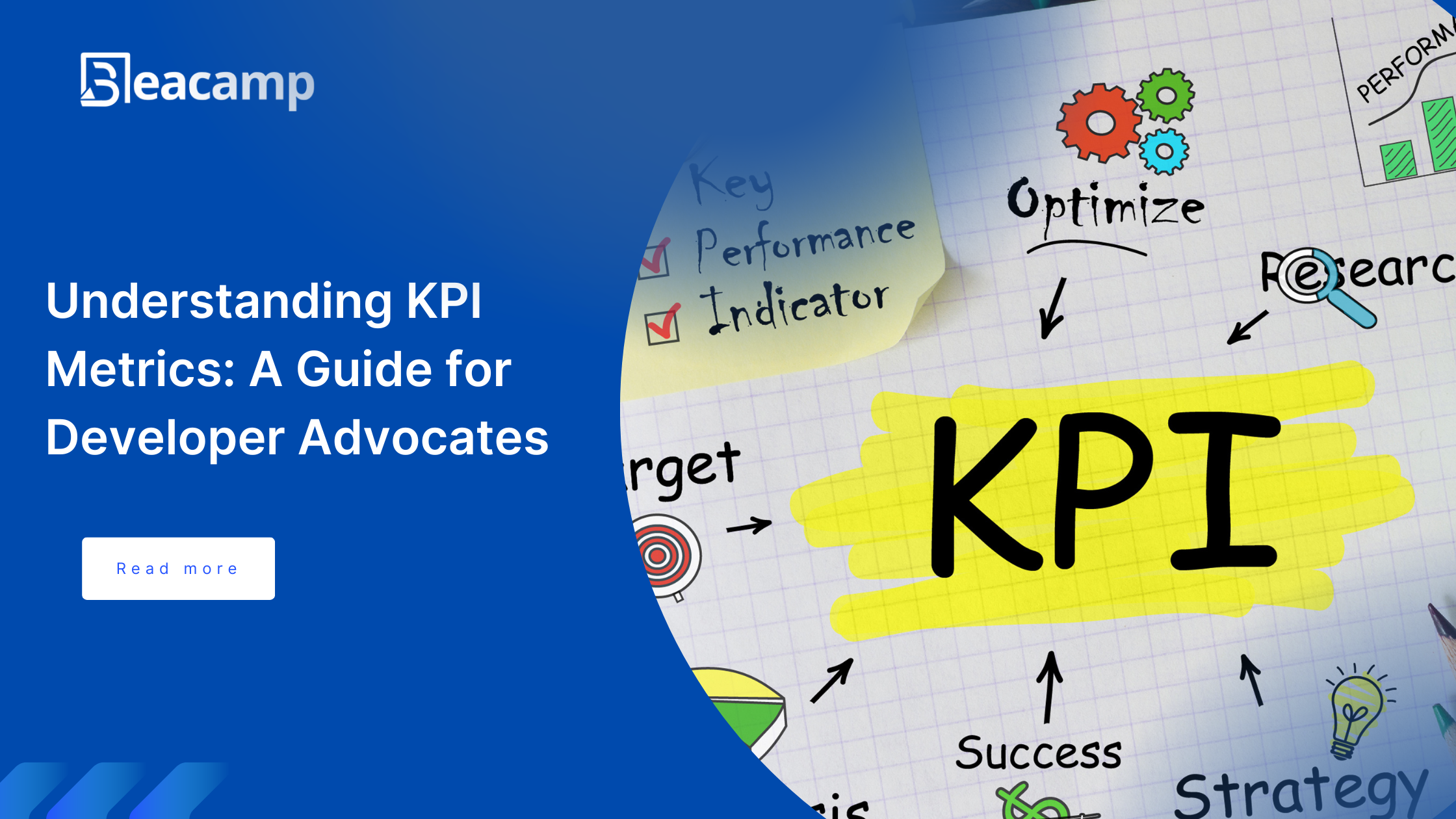Introduction
In the world of developer marketing, there are two types of tech companies they are developer first vs. developer plus companies, each with unique marketing strategies to sell to their developers or users. As a developer marketer, understanding the type of companies you work for will help you craft the perfect marketing strategy for its users.
This guide will define the meaning and differences between developer-first and developer-plus companies and also discuss the importance of developer experience (DX).
Developer First vs. Developer Plus Companies
Understanding Developer-First Companies
Developer-first companies are tech companies that build their products or services around developers and their ecosystem. Their target audience is developers, specifically those in the following categories: frontend, backend, DevOps, cloud, mobile, and game.
As a Developer Marketer at a developer-first company, your strategies should focus on the developers’ needs and how they interact with the company’s products or services. This includes understanding their pain points, motivations, and goals and developing solutions that address these needs.
Tips for crafting the perfect Developer Marketing strategy for a Developer-First company

Here are some considerations to focus on when creating a positive developer experience through developer marketing strategies:
- Developer-Friendly documentation: I know you expected the first point to be “User-friendly documentation,” but since your target audience is developers, who are more advanced than the average user, it’s essential that the documentation on how they can use the company’s product or service be tailored to their needs. This could be done by ensuring that the documentation is clear and concise, easy to navigate or use, and easily accessible for any developer to understand.
- Interactive tutorials or Guides: Developers are constantly learning, so providing an interactive environment where they can learn about the use cases and how to use the company’s tools and products is essential. One way to achieve this is to ensure that the guides and tutorials on your company’s YouTube channel and blogs are not a one-way street. That is, users should be able to reach out if they need help or run into an error when using a how-to guide.
- Open Source Collaboration: Open source is a platform or any opportunity allowing anyone to publicly share their tool’s code or inner workings. While not a required tip, it is a good practice to follow if you want to build a collaborative environment for your users. Open-sourcing some of your company’s products allows users to contribute to their favorite features or tools, share feedback, and learn from each other. This can lead to increased innovation and productivity and a stronger sense of community among your users.
- Developer-Focused Events and Webinars: Hosting events, workshops, and webinars focused on developers’ needs around your company’s product or related topics is a great way to engage with your audience. Also, providing a platform where users can engage and interact with your team, such as by asking questions or sharing their experiences, can be beneficial.
- Responsive Developer Support: A not-so-popular adage says, “Only a developer can truly understand another developer.” This is because developers share common needs, pain points, and challenges. Having a developer support team in your developer community can be extremely beneficial. This team can provide users with the resources and support they need to get the most out of your company’s tool. This can lead to a better user experience and increased confidence in your product.
Understanding Developer-Plus Companies
Developer-plus companies are tech companies that consider developers to be a secondary target audience. In other words, developers were not initially the primary target market, but the companies decided to include developers as a target audience after developing their product.
As a Developer Marketer at a developer-plus company, your role is to create strategic approaches to fit the unique requirements and expectations of developers seeking advanced tools, services, and support from your organization.
Tips for crafting the perfect Developer Marketing strategy for a Developer-Plus company
- Comprehensive Toolchains and Integrations: To capture the attention of developers and educate them, you should create comprehensive toolchains and integrations and showcase how these tools can enhance developer workflow and productivity. This could be having a playlist on the company’s YouTube page for this approach.
- Tailored Developer Resources: Developers are always learning; it’s like a never-ending learning curve. To support their needs effectively, it’s beneficial to create advanced documentation, tutorials, and resources that cater specifically to experienced developers. Providing in-depth technical documentation, API references, and advanced tutorials focused on leveraging complex features and functionalities is a valuable approach.
- Customization and Flexibility: Developers love it when they can customize the themes or applications they use to their taste. Showcasing how developers can fit the platform to suit their requirements, workflows, and technical preferences is a great option. This also gains the trust of the product within the developer community.
- Advanced Developer Events and Workshops: Every YouTube channel, page, and blog caters to beginners’ needs. While this is beneficial, advanced concepts are often overlooked. Hosting webinars, virtual or physical events, or workshops on these advanced topics is a great way for your developer marketing strategy to stand out. Remember, beginner resources are still important, too.
- Continuous Improvement: Users trust products that incorporate their feedback to improve the developer experience; the same goes for developers. When you solicit developer feedback to enhance the developer experience of your company’s product, the product becomes more user-friendly because developers understand what users need or want.
Conclusion
To summarize, working as a developer marketer for developer first vs. developer plus companies requires different strategies and marketing approaches. In addition to the significant factor that developers detest being sold to, here are some tips that could help you create better approaches when dealing with these types of companies’ communities.
Note that developer-first companies focus solely on building for developers, while developer-plus companies focus on introducing developers to their built products to reach a wider audience.





One thought on “Developer First vs. Developer Plus Companies: What is the Difference?”